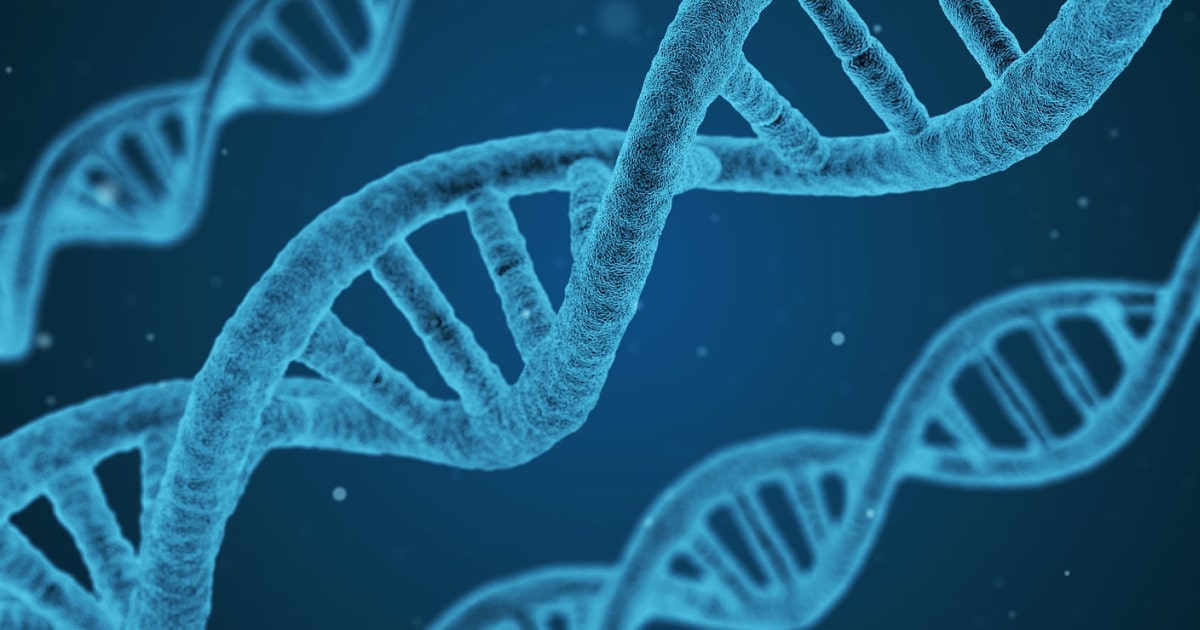
Expert Reviewed By: Dr. Brandon Colby MD
Saethre-Chotzen syndrome is a rare genetic disorder that affects the growth and development of the skull, face, and limbs. It is characterized by the premature fusion of skull bones, leading to craniosynostosis, facial asymmetry, and limb abnormalities. In some cases, individuals with Saethre-Chotzen syndrome also exhibit eyelid anomalies. Understanding, diagnosing, and managing this complex condition requires a deep understanding of the genetic underpinnings and the use of genetic testing to guide treatment and care.
Understanding Saethre-Chotzen Syndrome
This rare genetic disorder is caused by mutations in the TWIST1 gene, which plays a crucial role in the development of the skull, face, and limbs. Mutations in the TWIST1 gene disrupt normal development, leading to the characteristic features of Saethre-Chotzen syndrome, including craniosynostosis, facial asymmetry, and limb abnormalities. In some cases, individuals with this condition also exhibit eyelid anomalies, which can further complicate diagnosis and management.
Recent research has shed light on the complex genetic mechanisms underlying Saethre-Chotzen syndrome. For example, a recent case report identified a third ATG-creating de novo variant in the 5′ UTR of the TWIST1 gene in a patient with Saethre-Chotzen syndrome, confirming the introduction of upstream ATGs as a pathogenic mechanism. Additionally, a thesis investigating the craniofacial anomalies in Saethre-Chotzen syndrome highlights the overlap with Muenke syndrome, another craniosynostosis syndrome.
Diagnosing Saethre-Chotzen Syndrome
Diagnosis of Saethre-Chotzen syndrome typically involves a combination of clinical examination, imaging studies, and genetic testing. Clinical examination focuses on identifying the characteristic features of the disorder, such as craniosynostosis, facial asymmetry, and limb abnormalities. Imaging studies, such as X-rays or computed tomography (CT) scans, can help visualize the skull and facial structures and confirm the presence of craniosynostosis.
Genetic testing plays a crucial role in the diagnosis of Saethre-Chotzen syndrome. By analyzing the TWIST1 gene, genetic testing can identify mutations that cause the disorder and confirm the diagnosis. In some cases, genetic testing can also help distinguish Saethre-Chotzen syndrome from other craniosynostosis syndromes with overlapping features, such as Muenke syndrome.
Uses of Genetic Testing in Saethre-Chotzen Syndrome
Genetic testing can provide valuable information for individuals with Saethre-Chotzen syndrome and their families. Some of the key uses of genetic testing in this disorder include:
- Confirmation of diagnosis: Genetic testing can identify mutations in the TWIST1 gene that cause Saethre-Chotzen syndrome, confirming the diagnosis and guiding appropriate treatment and management.
- Differential diagnosis: By identifying specific genetic changes, genetic testing can help distinguish Saethre-Chotzen syndrome from other craniosynostosis syndromes with overlapping features, such as Muenke syndrome.
- Prenatal diagnosis: In some cases, genetic testing can be used prenatally to diagnose Saethre-Chotzen syndrome. A recent case report described the prenatal diagnosis of craniosynostosis with a compound Saethre-Chotzen syndrome phenotype caused by a complex chromosomal rearrangement and microdeletion of 7p21.3-7p15.3, including the TWIST1 gene.
- Family planning and genetic counseling: Genetic testing can provide valuable information for family planning and genetic counseling, helping individuals with Saethre-Chotzen syndrome and their families make informed decisions about future pregnancies.
Treatment and Management of Saethre-Chotzen Syndrome
Treatment for Saethre-Chotzen syndrome typically involves a multidisciplinary team of specialists, including craniofacial surgeons, neurosurgeons, ophthalmologists, and geneticists. Surgical interventions, such as cranial vault remodeling and facial reconstruction, may be necessary to address craniosynostosis and facial asymmetry. In some cases, individuals with Saethre-Chotzen syndrome may require reoperation for intracranial hypertension, as noted in a 15-year review of patients with TWIST1-confirmed Saethre-Chotzen syndrome.
Genetic testing plays a crucial role in guiding the treatment and management of Saethre-Chotzen syndrome. By identifying the specific genetic changes underlying the disorder, genetic testing can help physicians tailor treatment plans to the unique needs of each individual and provide the best possible care for patients with this complex condition.
About The Expert Reviewer
Dr. Brandon Colby MD is a US physician specializing in the personalized prevention of disease through the use of genomic technologies. He’s an expert in genetic testing, genetic analysis, and precision medicine. Dr. Colby is also the Founder of and the author of Outsmart Your Genes.
Dr. Colby holds an MD from the Mount Sinai School of Medicine, an MBA from Stanford University’s Graduate School of Business, and a degree in Genetics with Honors from the University of Michigan. He is an Affiliate Specialist of the American College of Medical Genetics and Genomics (ACMG), an Associate of the American College of Preventive Medicine (ACPM), and a member of the National Society of Genetic Counselors (NSGC)